Refine search
Actions for selected content:
11877 results in Cambridge Handbooks
The Cambridge Handbook of Distributed Morphology
- Morphology after Syntax and Beyond
- Coming soon
-
- Expected online publication date:
- December 2026
- Print publication:
- 31 December 2026
-
- Book
- Export citation
The Cambridge Handbook of Distributed Morphology
- Core Components and the Syntax-Morphology Interface
- Coming soon
-
- Expected online publication date:
- December 2026
- Print publication:
- 31 December 2026
-
- Book
- Export citation
The Cambridge Handbook of Research Methods and Statistics for the Social and Behavioral Sciences
- Volume 3: Data Analysis
- Coming soon
-
- Expected online publication date:
- July 2026
- Print publication:
- 31 July 2026
-
- Book
- Export citation
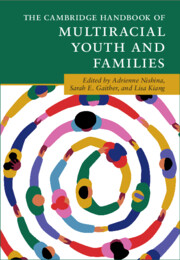
The Cambridge Handbook of Multiracial Youth and Families
- Coming soon
-
- Expected online publication date:
- July 2026
- Print publication:
- 31 July 2026
-
- Book
- Export citation
The Cambridge Handbook of the Minimalist Program
- Coming soon
-
- Expected online publication date:
- June 2026
- Print publication:
- 30 June 2026
-
- Book
- Export citation
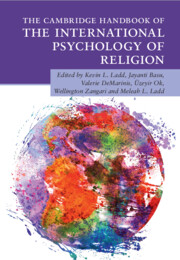
The Cambridge Handbook of the International Psychology of Religion
- Coming soon
-
- Expected online publication date:
- May 2026
- Print publication:
- 31 May 2026
-
- Book
- Export citation

The Cambridge Handbook of Natural Linguistics
- Coming soon
-
- Expected online publication date:
- May 2026
- Print publication:
- 31 May 2026
-
- Book
- Export citation

The Cambridge Handbook of Ethnic and Racial Discrimination and Youth Development
- Coming soon
-
- Expected online publication date:
- May 2026
- Print publication:
- 31 May 2026
-
- Book
- Export citation

The Cambridge Handbook of English Corpus Linguistics
- Coming soon
-
- Expected online publication date:
- May 2026
- Print publication:
- 31 May 2026
-
- Book
- Export citation

The Cambridge Handbook of Second Language Acquisition
- Coming soon
-
- Expected online publication date:
- April 2026
- Print publication:
- 30 April 2026
-
- Book
- Export citation

The Cambridge Handbook of Behavioural Data Science
- Coming soon
-
- Expected online publication date:
- April 2026
- Print publication:
- 30 April 2026
-
- Book
- Export citation

The Cambridge Handbook of Personal Relationships
- Coming soon
-
- Expected online publication date:
- February 2026
- Print publication:
- 28 February 2026
-
- Book
- Export citation
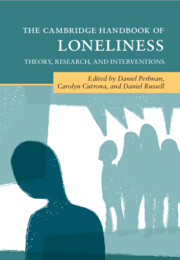
The Cambridge Handbook of Loneliness
- Theory, Research, and Interventions
- Coming soon
-
- Expected online publication date:
- February 2026
- Print publication:
- 28 February 2026
-
- Book
- Export citation
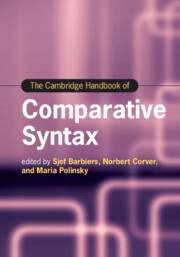
The Cambridge Handbook of Comparative Syntax
- Coming soon
-
- Expected online publication date:
- January 2026
- Print publication:
- 04 September 2025
-
- Book
- Export citation
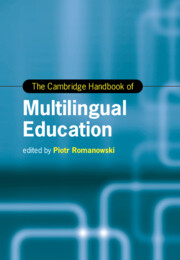
The Cambridge Handbook of Multilingual Education
-
- Published online:
- 25 December 2025
- Print publication:
- 14 August 2025
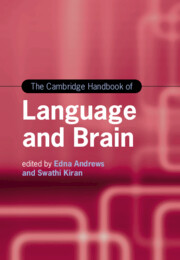
The Cambridge Handbook of Language and Brain
-
- Published online:
- 12 December 2025
- Print publication:
- 09 October 2025
Detailed Contents
-
- Book:
- The Cambridge Handbook of the Governance of Technology
- Published online:
- 30 October 2025
- Print publication:
- 13 November 2025, pp vii-xiv
-
- Chapter
- Export citation
14 - Regulating LawTech for Digital Systems
- from Part IV - Evolution of LawTech
-
-
- Book:
- The Cambridge Handbook of the Governance of Technology
- Published online:
- 30 October 2025
- Print publication:
- 13 November 2025, pp 241-262
-
- Chapter
- Export citation
12 - Law of Private Remedies in the Governance of AI
- from Part III - Technology’s Disruptive Effects on Law
-
-
- Book:
- The Cambridge Handbook of the Governance of Technology
- Published online:
- 30 October 2025
- Print publication:
- 13 November 2025, pp 207-222
-
- Chapter
- Export citation
10 - Detecting Disruption
- from Part III - Technology’s Disruptive Effects on Law
-
-
- Book:
- The Cambridge Handbook of the Governance of Technology
- Published online:
- 30 October 2025
- Print publication:
- 13 November 2025, pp 170-187
-
- Chapter
- Export citation
